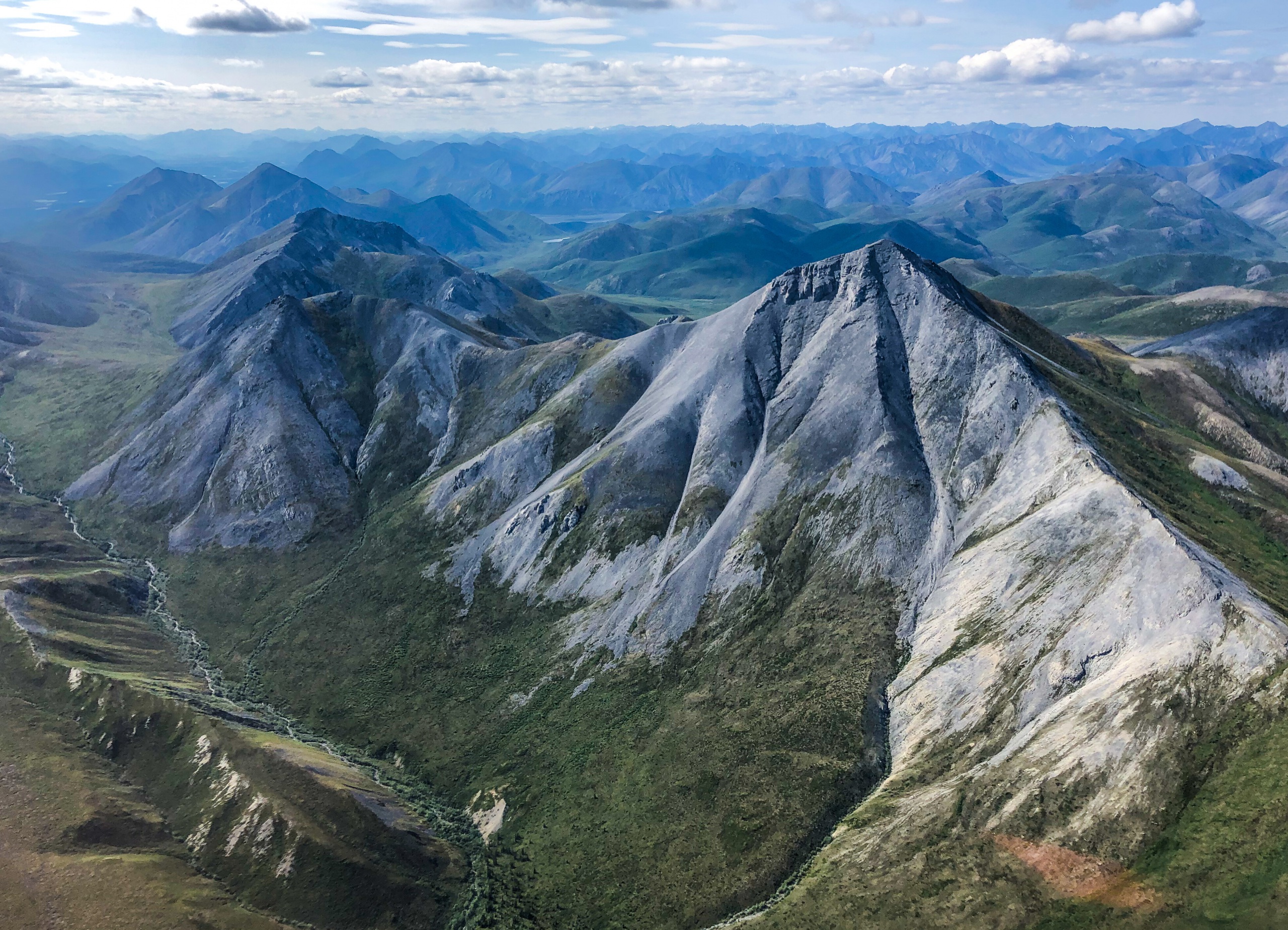
Why we need the Arctic Refuge Protection Act
Wilderness designation is our best tool to protect the coastal plain of the Arctic Refuge.

Sen. Ed Markey of Massachusetts and Reps. Jared Huffman of California, and Brian Fitzpatrick of Pennsylvania introduced bicameral legislation 0n Feb. 2, 2023, to designate the coastal plan of the Arctic National Wildlife Refuge as a wilderness area.
This is such an important move.
In the United States, wilderness designation is the strongest protection federal lands can receive. It is layered over such other designations as ‘“national park” or “national forest.” Roads (permanent or temporary), motor vehicles, mechanical transport and structures are prohibited in areas with wilderness designations. In Alaska, there are exceptions granted for temporary campsites, public shelters and certain motorized vehicles. This is allowed because of both the large acreage of wilderness areas and long-standing hunting and fishing traditions.
The crown jewel of Alaska’s wild frontier is the Arctic National Wildlife Refuge. First established in 1960 and expanded to its current size of 19 million acres in 1980, the Arctic refuge is home to 42 species of fish, 45 mammals (including eight marine mammals), and more than 200 types of birds. There is no cell phone service, no roads and the only trails are the ones created by the wildlife. Not many visitors come to the refuge. Between summer visits and winter polar bear viewing, less than 2,000 people annually brave this wild space. The refuge’s permanent human population, which is composed almost exclusively of the indigenous Gwich’in Athabascan and Inupiat tribes, numbers only in the hundreds.
This untouched land needs permanent protection. Approximately 40 percent of the refuge — 8 million acres — is designated as wilderness but that area does not include the most important area in its jurisdiction. In 1980, when Congress passed the Alaska National Interest Lands Conservation Act (ANILCA), they set aside 1.5 million acres on the coastal plain as a “study area.” This meant the space was treated as wilderness until Congress authorized oil and gas leasing activity. That happened in 2017. While the coastal plain probably does have oil underneath it, this part of the refuge is more importantly the area’s “biological heart.” It is the calving ground for the caribou and provides the shoreline for the polar bears and migratory birds. Without the coastal plain, the rich biological diversity of the refuge would be significantly diminished.
Simply put, whether there is oil there or not, we shouldn’t destroy the landscape to find out. Not only would it do irreversible harm to the land, animals and people in the refuge, but, even if we found fossil fuel, it would also be wrong to burn it. Climate change is threatening the planet and public health, and renewable energy is powering more buildings than ever before.
In fact, President Biden proposed new EPA standards in April to ensure two-thirds of new passenger cars and a quarter of new heavy trucks are all-electric by 2032. Unfortunately, this message was partially overshadowed by the administration’s approval of a scaled-down version of the Willow Project. We must fight for the protection of this vulnerable area and the Willow Project takes us in the wrong direction. This bill would help make up some of that lost ground.
It’s time to undo the 1980 “study area” designation and include the coastal plain in the wilderness area. The Arctic Refuge Protection Act was introduced earlier this year with 85 co-sponsors. To safeguard the coastal plan, we need more support in Congress. Environment America and our allies will be building public support to encourage more members of Congress from both parties to co-sponsor the bill in the coming weeks and months. We need more nature and we should protect our most wild places. This legislation is right for our country’s present and future.
Topics
Authors
Ellen Montgomery
Director, Public Lands Campaign, Environment America
Ellen runs campaigns to protect America's beautiful places, from local beachfronts to remote mountain peaks. Prior to her current role, Ellen worked as the organizing director for Environment America’s Climate Defenders campaign. Ellen lives in Denver, where she likes to hike in Colorado's mountains.
Find Out More

EPA report says pesticides endanger wildlife

Why we should save the bees, especially the wild bees who need our help most

Why Alaska’s NPR-A, site of the Willow Project, deserves protection


